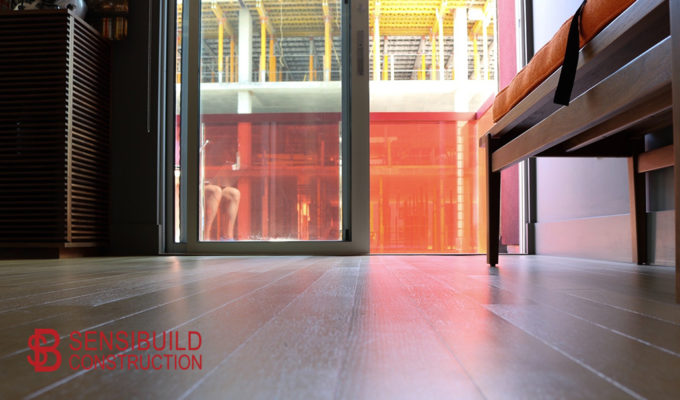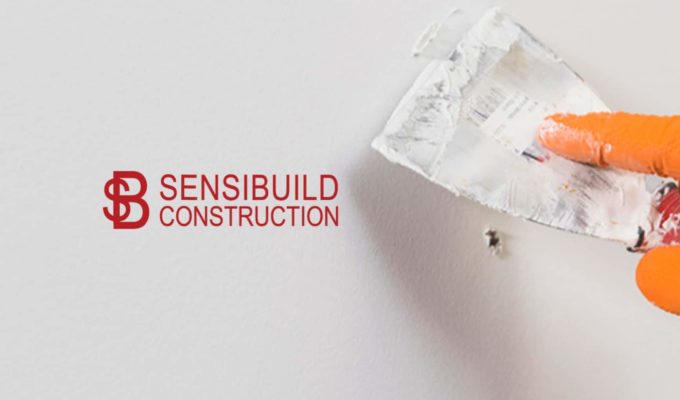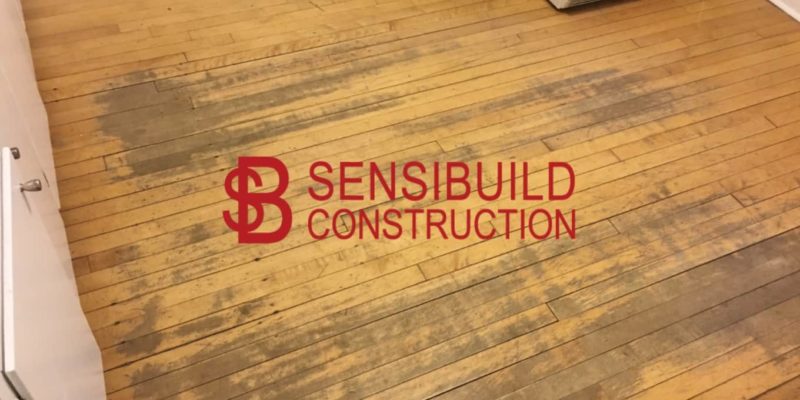Choosing a floor that will last for years can be a challenge, but a little planning can make your choices a lot easier. When considering the right flooring for your home and family, think about the following: traffic, cost, decor, insulation, and comfort factor. When a flooring type ticks off all the boxes, you’ll know you’ve found the perfect one!
For many homeowners, renovations are the last things on their mind during winter, especially if those renovations are outdoors. But if you want to save money, you can use the cold months to plan ahead for any springtime renovations you may have set your heart on.
Take these five money-saving tips into consideration now and get those spring renovations on time and under budget!
One of the most annoying home problems involves one of the smallest bits of the construction materials. Popped drywall screws are a real pain, especially if they’re coming through beautifully painted walls. The problem usually happens when the lumber to which the drywall is attached shrinks, especially if it was installed while the wood contained a large amount of moisture. Screws popping out can be especially bad when you have the heat running in winter, but any time the frame warps or changes shape can cause this problem.
You should never ignore popped screws. They are a sign that the sheet of drywall is no longer properly secured to the frame. Luckily, repairs are pretty easy!
One of the trickiest parts of installing flooring yourself is getting the floor level before installation. The subfloor, the layer (usually made of plywood) that provides you a surface over the joists, might look flat to the untrained eye. But across the width of the room, the levels can grade just a fraction of an inch, and while it might not seem too bad, it can seriously affect your finished flooring.
Without a level subfloor, your hardwood or tile flooring can buckle and crack, damaging these expensive materials. Prevent this by taking the job of levelling your floors seriously!




